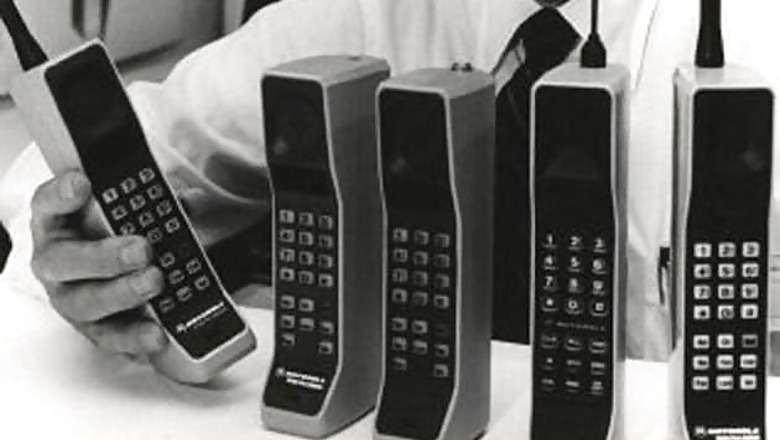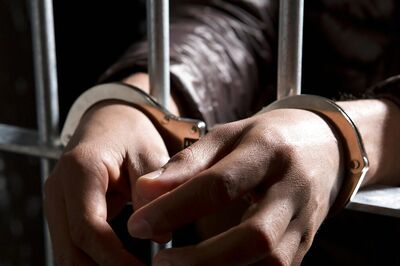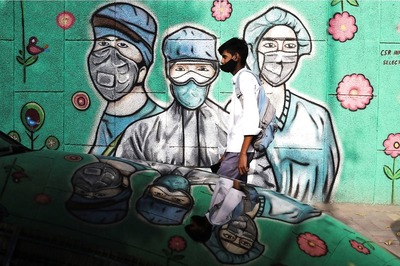
views
The world's first portable cellular telephone and system was demonstrated 40 years ago on on April 3, 1973 in New York.
The Motorola DynaTAC is the world's first mobile phone - that Motorola termed as a portable radio telephone.
Along with the press release announcing the phone, Motorola had also, back in April 1973, released a fact sheet on the Motorola DynaTAC.
FACT SHEETMotorola DYNA T.A.CPortable Radio Telephone
What is it?
A portable telephone which operates as simply as an ordinary telephone, but can go wherever a person can go since it operates over ultra-high radio frequencies.
Who will the portable phone user talk to?
Anyone with a conventional telephone anywhere in the world and any other portable phone user.
Where will portable phone operate?
The unit will operate almost anywhere in' a city equipped with the system. It will work inside buildings, in cars and taxis and on the street. The only places it won't work will be elevators or sub-basements where radio signals cannot reach.
When will the portable phone be available?
If the Federal Communications Commission approves Motorola's application for developmental licensing, installation of the first system will be completed in New York City by 1976.
How much will it cost to use a portable phone?
Initially, the cost will be comparable to that of a car telephone service, which averages anywhere from $60 to $100 per month. As the market demand increases, the costs will go down.
Will the portable telephone replace standard telephones?
Absolutely not. The portable phone is designed for use "on the go," when one is away from the office or home, where conventional telephones are not available.
Will the portable phone replace car telephones?
No. Many people will still continue to use car telephones.
How does the portable phone work?
In a typical conversation, someone using the portable phone will be talking to someone else with an ordinary telephone. Part of this conversation is carried over
standard telephone lines and part over the air. As the portable phone user talks, his voice is transmitted over the air much the same way a broadcast radio station transmits programming. This transmisston is picked-up by a receiver and relayed over conventional telephone lines to his party. When the standard telephone user talks, the process is reversed. His voice is carried by wire to a Specific location and then broadcast over the air to the portable phone user. The portable phone receives the broadcast just like a standard FM radio receiver.
How does the portable telephone user place or receive a call?
To place a call, the portable phone user depresses an "off-hook" button. This replaces the action of lifting the receiver from the cradle. As soon as the user hears the dial tone, he places his call just as he ordinarily would with any touch-tone telephone; When someone calls the portable phone, the unit rings and the user presses the "off-hook" button and speaks. When a call is completed, the portable phone user effectively "hangs-up" by pressing the "on-hook" button.
How is the portable phone powered?
It has a special rechargeable battery which will last about eight hours.
What is the system which will enable the portable phone to operate?
Destgnated the DYNA T·A·C system, it has a series of radio transmitters and radio receivers strategically located throughout the city. The transmitters carry the message to the portable phones and the receivers "pick-up" messages from the portable phone. A central computer, the heart of the DYNA T·A·C system, will keep track of each portable phone and select the specific transmitter and receiver which will provide the best message quality for each call.
How many people will be able to operate portable phones in the DYNA T·A·C system?
Since each system will be designed to suit a particular area, the capacity will vary, depending upon the population and market demand for that area.
####




















Comments
0 comment